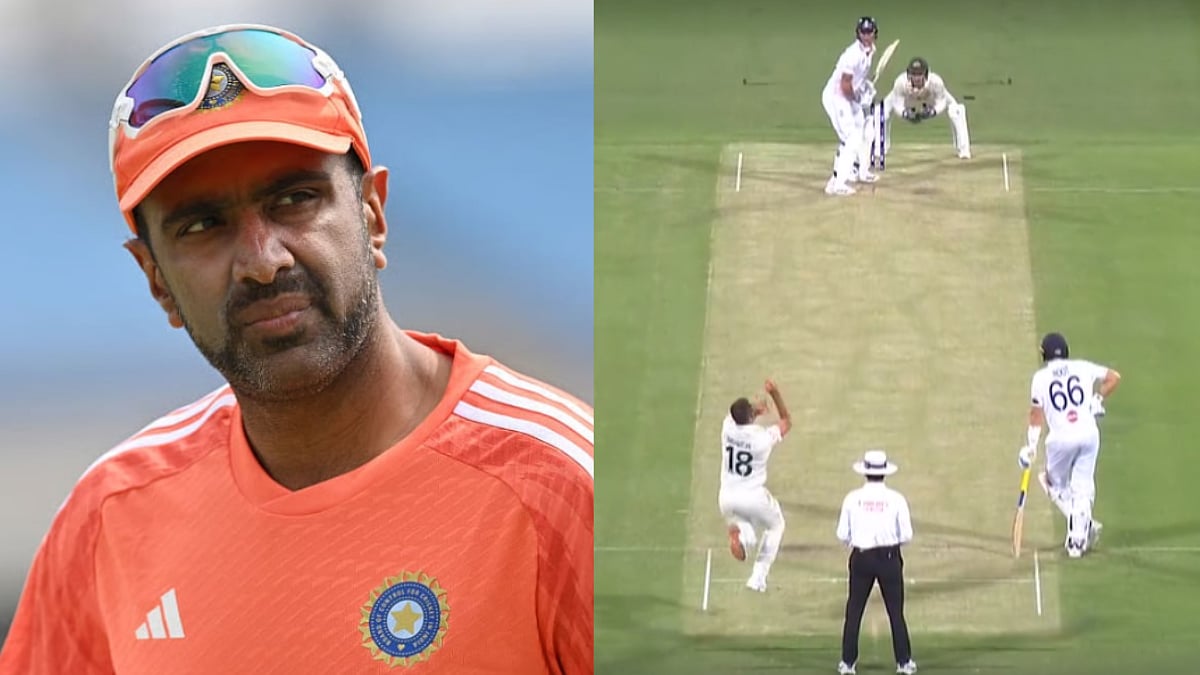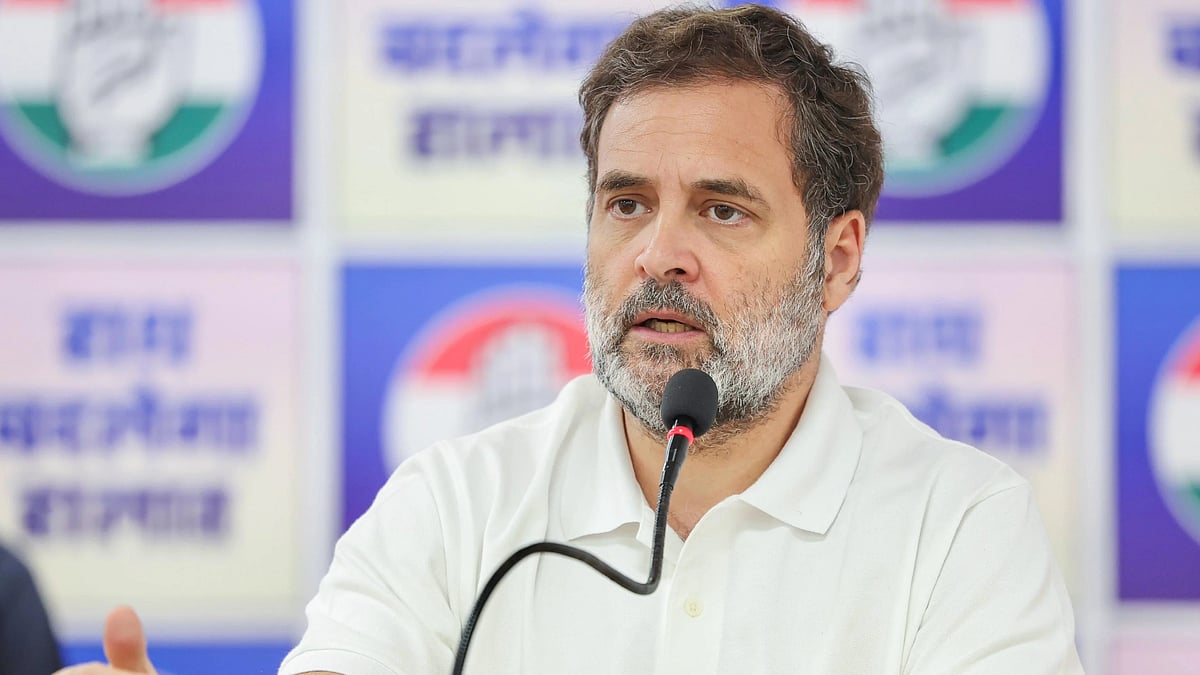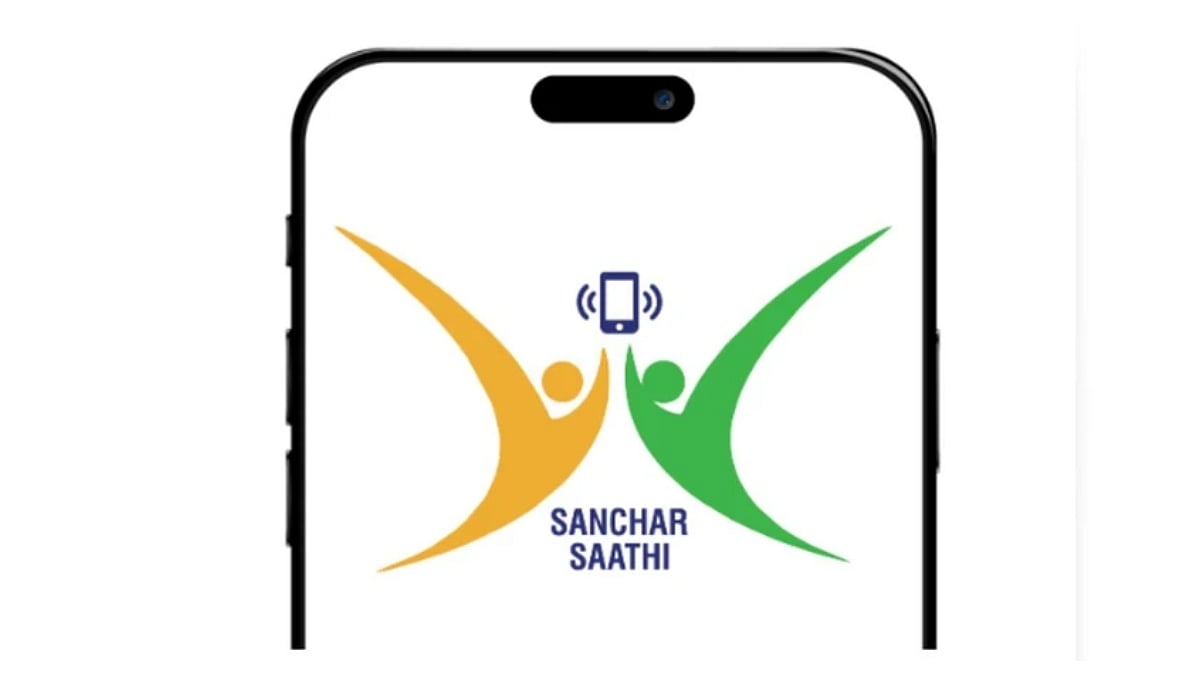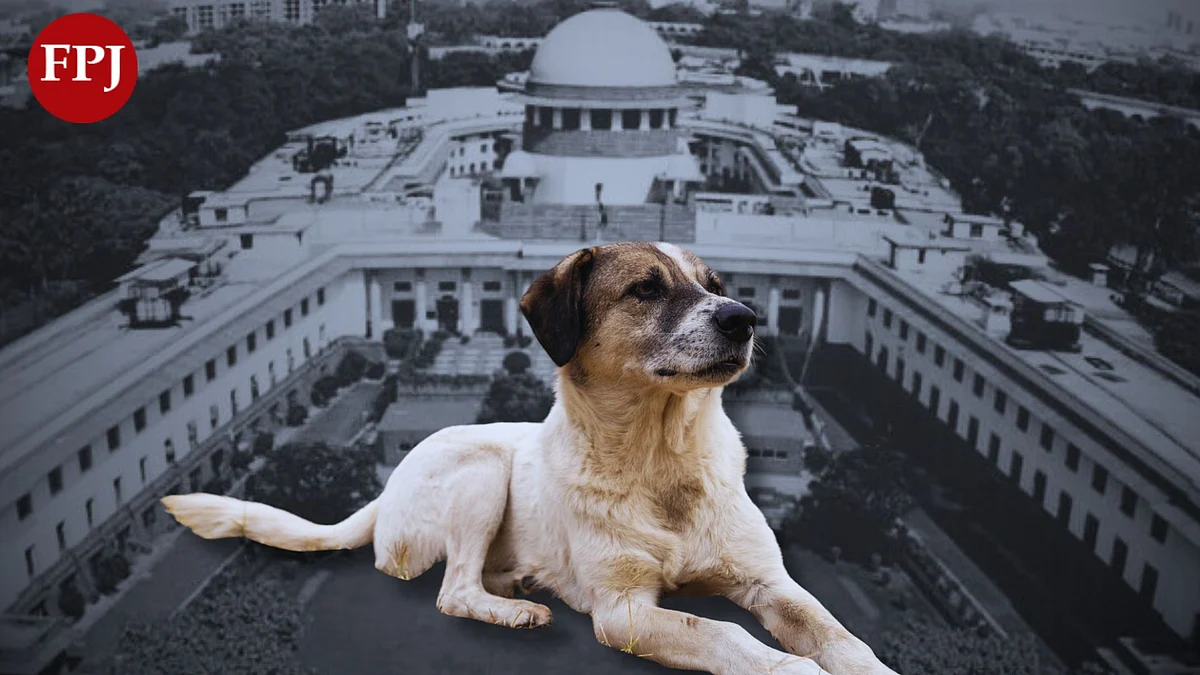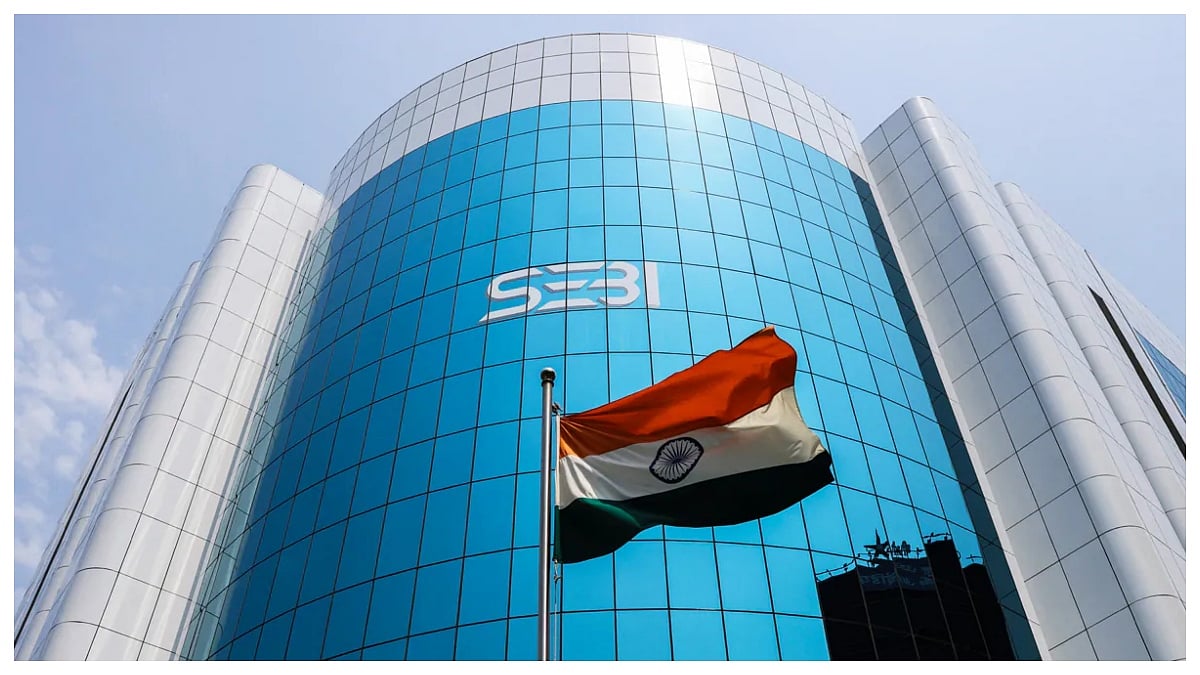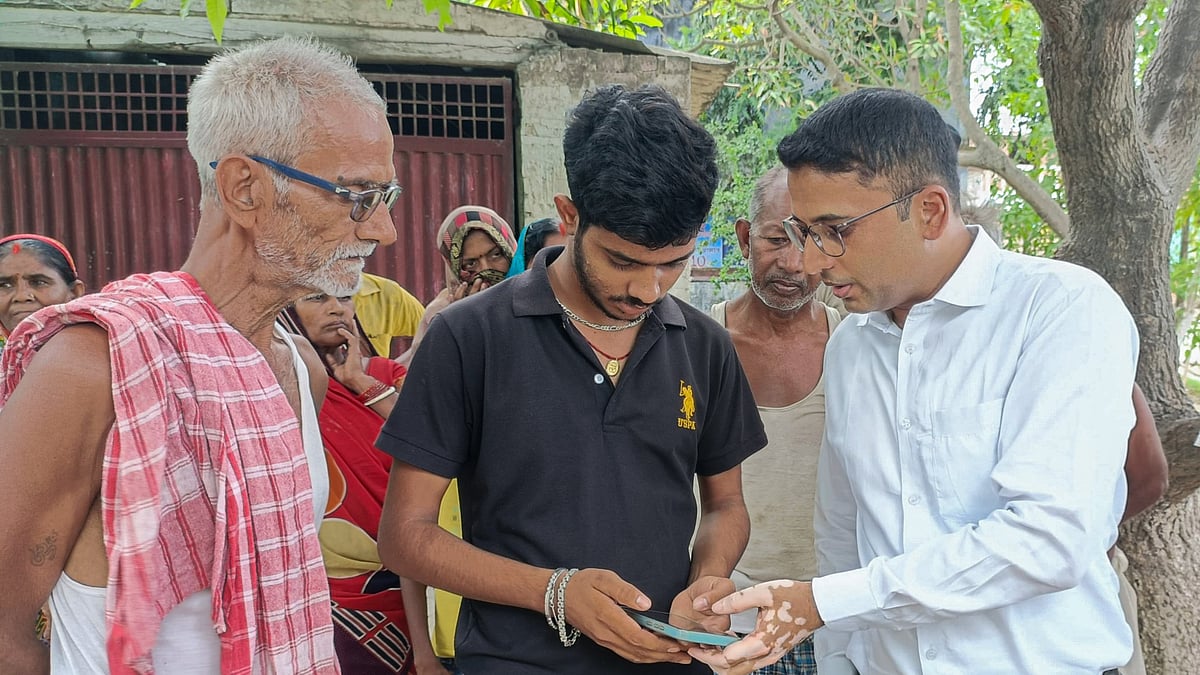A young boy, barely in his teens, was thirsty and entered a temple to drink some water from the tap. He was caught and beaten mercilessly. A video of him being beaten was recorded and circulated on social media. The video went viral. This boy’s only crime was that he was not Hindu but Muslim. And at the entrance to the temple was a board which declared, ‘Muslims are not allowed inside’. It is not important who beat the boy and what his qualifications were. What is important is that should a young boy be beaten so mercilessly just because he happens to be a Muslim? And the bigger worry is that the priest of the temple and others in the vicinity openly defended the man who had beaten the boy and instead of condemning his act, called him a good man.
This episode happened in Ghaziabad, Uttar Pradesh. It is true that once the video went viral, police swung into action and arrested the man. But this incident raises certain questions which need deeper introspection. Why was the Muslim boy beaten this way? Is it because he was a Muslim? Why should it be written outside the temple that Muslims are not allowed? Could this be termed as an isolated incident, or is it the reflection of a larger malaise? Why did the man, his friends or the priest show no remorse and were unapologetic about their conduct? Is the hatred of Muslims turning our society into a community of psychotics?
Hardly unprecedented
Not that such incidents are without precedent. A few years ago, the video of one Shambhunath Raiger seen burning and hacking one Afrazul in Raisamand, Rajasthan, had shocked the conscience of the liberal world. Raiger had asked his young nephew to film the entire sequence. What was more shocking was the reaction of a few hundred of his supporters who gathered around the court and raised slogans in his favour and would not allow Raiger to be produced in the court for a few hours. These hoodlums then hoisted a saffron flag on top of the court.
Similarly, a few years ago in Kathua, Jammu, when a minor Muslim girl was raped and brutalised by a few Hindus in a place of worship, many people, including BJP leaders, hit the streets in support of the rapists. The female lawyer who was pursuing the girl’s case was hounded and threatened with death. The BJP, instead of punishing its leaders, promoted one of them and made him the state president of the party. This is brazen remorselessness and is scary. Instead of the conscience being shocked by such incidents, it builds a diabolical narrative and finds justification.
Systematic hatemongering
One can trace the reason to the phenomenal rise of the social media. Since 2014, the hate campaign against the Muslims has acquired an institutional framework. In a very systematic manner, hatred against Muslims has been spread and people holding constitutional positions are following (on social media) such people and in the garb of Hindutva, hatemongers hide their ‘true’ intent. Such names not only spew venom against Muslims but also target anyone who dares to disagree with the regime and its ideology.
Such people are targeted, filthy abuses are hurled, threatened with death, dissenting women are body-shamed, openly threatened with rape and death. Rarely is any action taken against them and despite all the hullabaloo, ministers and top leaders don’t unfollow them. Youth leaders like Tejaswi Surya, who had embarrassed the Modi government with his shameful tweets, are promoted vertically. This hate campaign, is reinforced by a section of mainstream media too, albeit in a different way. Every Muslim leader who speaks for the community and flaunts his or her Muslim identity is demonised.
Centuries-old prejudices
But it would be falsifying history if it is called a ‘post-2014-phenomenon’ only. The deep-rooted prejudices between Hindus and Muslims have persisted for centuries. Gandhi has written about this in his book Hind Swaraj in 1909. While answering a question on the Muslims’ issue he hints at an old social prejudice that ‘Miya and Mahadev can’t live together’. The mainstream freedom struggle tried to counter this divisive tendency by creating a bigger social construct. Gandhi’s support for the Khilafat Movement was a political strategy to bring and assimilate Muslims at large into the freedom struggle and cause the failure of the British government’s policy of divide and rule.
Another stalwart of the freedom movement, Gopal Krishna Gokhale has also written about this. He wrote, “... over the greater part of India, the two communities had inherited a tradition of antagonism which though lay dormant, broke forth into activity at the smallest provocation. It was this tradition that had to be overcome”. Gokhale’s words proved prophetic in the latter part of the freedom struggle. It was this fault line between the two communities which was later theorised on communal platforms by Savarkar and Jinnah – that Hindus and Muslims were two different nations and couldn’t live together, which ultimately led to the Partition of the country.
'Graded inequality'
Apart from the communal divide between the two, Hindu society itself is riddled with contradictions. Unlike other religions like Islam and Christianity, it is anything but egalitarian. Babasaheb Ambedkar is credited for majorly highlighting this social infirmity. Ambedkar undoubtedly raised the issue of Dalit atrocities by upper-caste Hindus. His fight against untouchability is well-documented but he himself said that he was not only fighting inequality between the Dalit and the upper caste but also the inequality practised within the upper caste too, which he called ‘graded inequality’. He was of the view that inequality is practised within the Hindu fold, at every level, and within the same caste too.
Even Savarkar had raised this issue. He writes, “It would be equally ungrateful on our part if we desist from criticising with sufficient severity the unlimited harm done by this caste system and the irrational and obstinate pride that the Hindus took in it when Muslims began to knock at their doors.” He further writes, “… these very caste laws and their strict adherence to them brought about a series of disasters on the Hindu religion and the Hindu nation, making the conversion of millions of Hindus far too easier for the Muslims than can be imagined, while it cannot be denied that they made the conversions of Muslims to Hinduism absolutely impossible.”
Misplaced passion
The theory of ‘purity and pollution’ observed by Hindus for centuries was the reason for the ostracisation of Dalits and other lower castes. When Muslims invaded India, this practice was extended vis a vis Islam too. Even the touch of a Muslim was enough for the person concerned to be thrown out of the Hindu religion and never be admitted back within the Hindu fold. Over centuries, this divide has gained deeper roots in the society and in late 20th century, acquired a political overtone and ideological justification.
Unfortunately, in the last few years, such prejudices have found the ready support of the establishment and this community is growing apace. This community neither has guilt nor regret, rather it is eulogised. It is in this context that it could be said that the boy was beaten by a man driven by the ‘misplaced passion’ that he is part of the bigger wheel to ‘make-India-great-again’. This consciousness is produced at the industry-level on a daily basis. So, who should be punished, the man or the creator of the industry?
The writer is an author, and Editor, satyahindi.com

